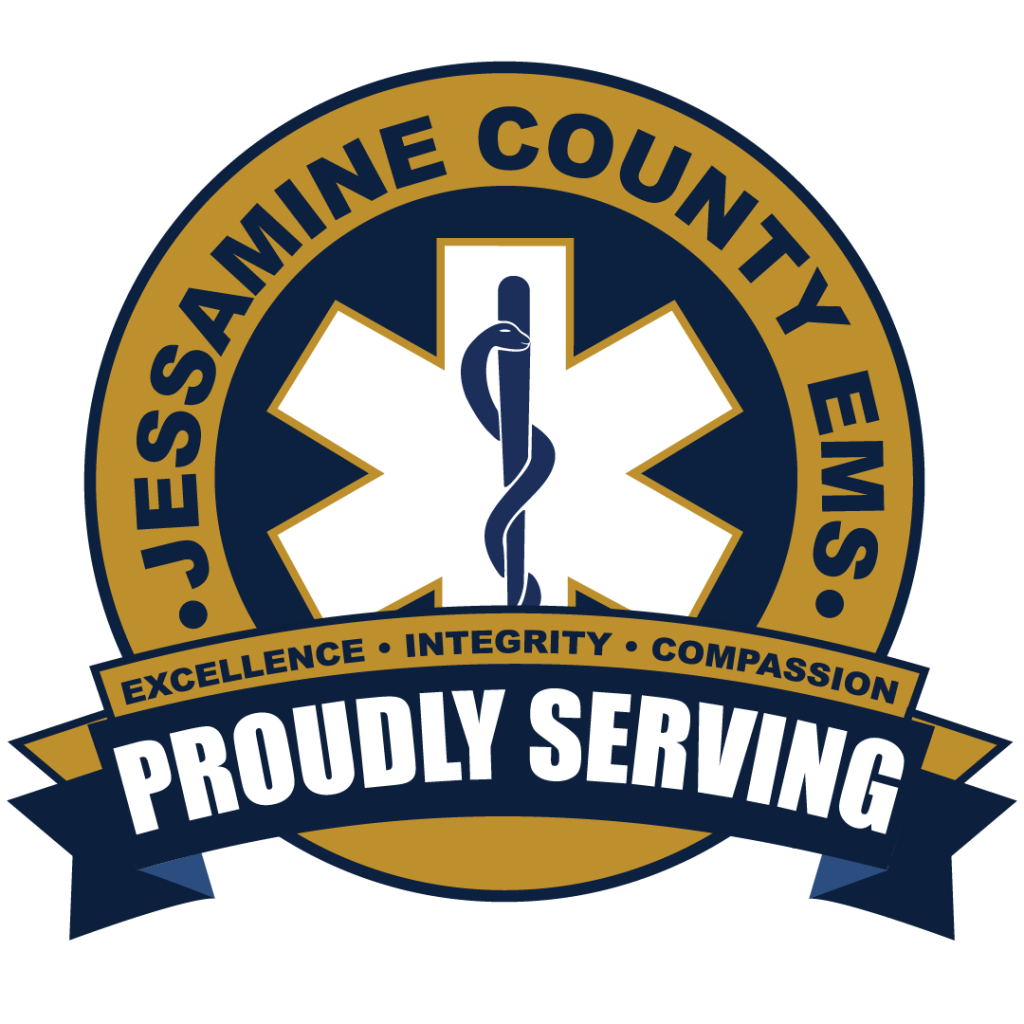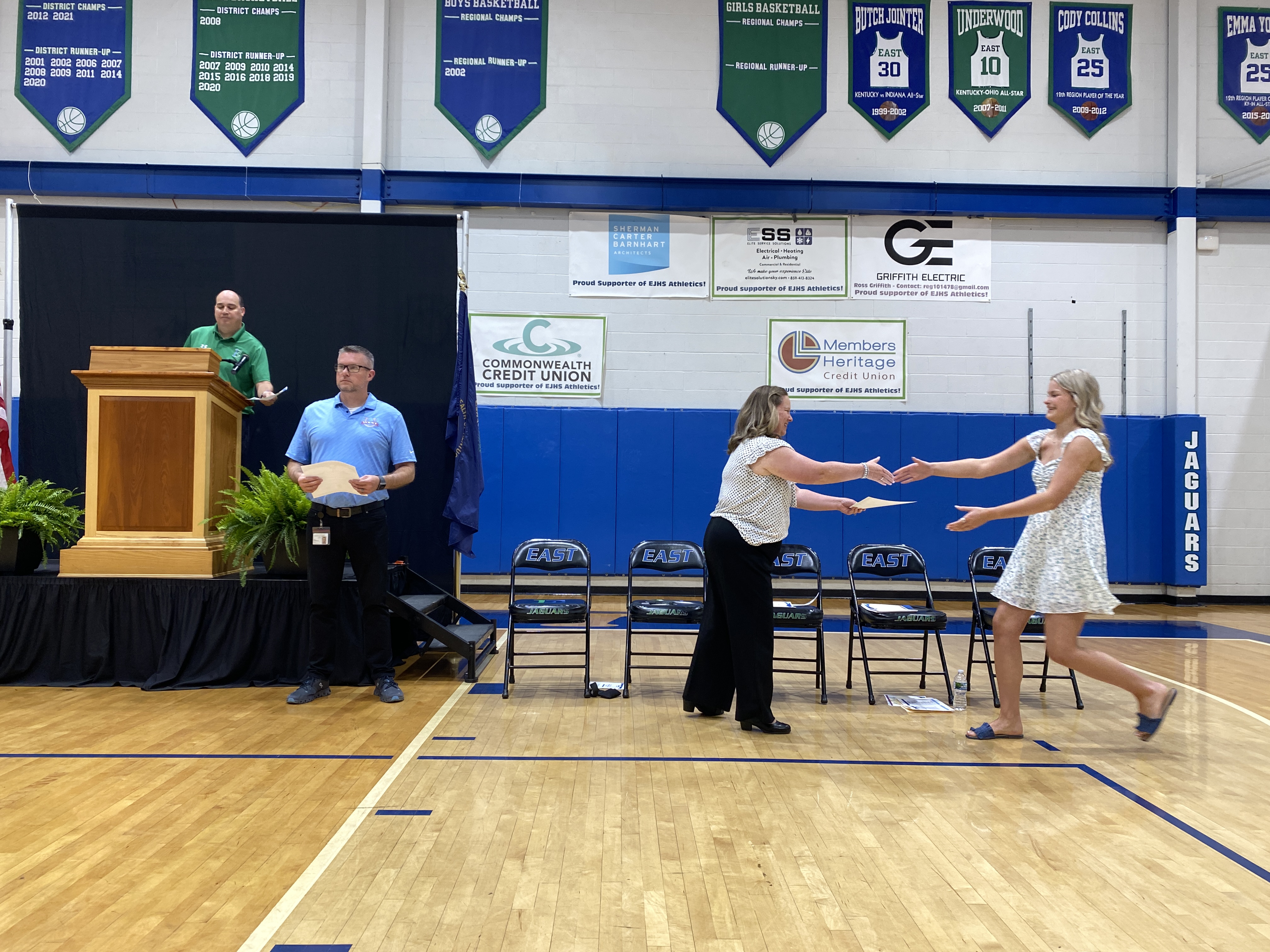Community paramedicine program launches in Jessamine County
Published 2:37 pm Monday, February 5, 2024
|
Getting your Trinity Audio player ready...
|
In mid-January, the Jessamine County Fiscal Court approved a memorandum of agreement (MOA) between Jessamine County Emergency Medical Services (EMS) and the Jessamine County Health Department to create a post-incident response team.
According to Jamie Goodpaster, director of EMS, this MOA allows EMS and the Health Department to start a mobile integrated community health program that will offer extended care to patients EMS identifies as having substance use disorders and seeking treatment.
The memorandum makes it much easier for EMS to share information with the health department and vice versa, making it easier to help members of the public receive care from their community paramedic team.
Jessamine County is now one of only 13 counties in the state that have started a paramedicine program, like Boyle and Fayette Counties.
A community paramedic with advanced training goes through “additional courses on top of that training to learn about chronic health conditions beyond the scale of a paramedic, substance use disorder in greater detail, and other items that are generally community health care focused.” Goodpaster said.
This paramedic will work with other facets of healthcare, like the health department, to navigate people to services they need after the initial 911 ambulance or ER visit.
The program started on January 16.
In this first year, its primary focus will be to help individuals with substance use disorder. The implementation of this program comes on the heels of the HEALing community study- a University of Kentucky and Kentucky Government-sponsored program that provided grants to the counties most impacted by opioid use disorder to increase resources to help heal community members struggling with substance use. Goodpaster said this program is an effective follow-up from the work of HEAL.
“The overall mission and vision is essentially to reduce the impact that opioid use has had on our community and try to drive those numbers back down and work on where HEAL has essentially left off- and they left a great legacy for us.” Goodpaster said.
“We chose to operate in the space of substance use and mental health because we see [mental health] from an EMS perspective as a big driver of [substance use]. Somewhere around 708 of our calls from February 2023 until now have been of a substance use-related issue. And that’s a large volume that we’re gonna try to whittle down.” Goodpaster said, “Which means, one- 708 less calls, more ambulances available, and two- more people, more healthcare, more health, and better recovery.”
EMS was also selected to participate in the Community Health Assessment Discussion led by the health department with other community partners. Goodpaster said one of the discussion topics was trying to find alternative ways to navigate people out in the community. EMS and other community partners came up with the idea of a post-incident response team.
This response team comprises community paramedics, a social worker, and a peer support specialist hired through a separate grant received by the Health Department that will pay for these positions for five years.
“So that team will do post-incident follow-ups on patients and try to navigate them to the best services possible. This, in turn, could potentially reduce our overall call volume, and this could not just reduce the risk to community health that these conditions present by themselves, but this could also be a burden reduction on the EMS services as we might not have as much ambulance recidivism.” Goodpaster said.
This mobile integrated healthcare is funded through grants from the Kentucky State Department of Behavioral Health and Intellectual Disabilities. So, although the Fiscal Court approved the program- allowing EMS and the Health Department to start the program and share important health information to offer care for shared patients – it came at no investment from the taxpayer dollars or the local government. Goodpaster said that he and the EMS crew continue searching for more grants to keep the positions funded.
“We’re here to help people and meet them wherever they are. And this puts somebody at the point of contact, and a lot of times, there’s not a follow-up. There’s not a follow-up on care, care levels, or continuum of care. And when you meet somebody at their time of need and build a trusting relationship that’s the best first step. So I see this as a great first step and the follow-up and consistency, we hope will garner great results for people and set them on a path of better life, better healing, and better health,” Judge-Executive David West said.
Although Judge West and Goodpaster are excited about the extended access the new and free NichTran routes will bring, Goodpaster said he hopes to see extended transit routes.
“With the existing gaps in the community that we as EMS providers see, how can we help fill that gap if there’s no one else to help fill it? We’re gonna fill it by providing ambulance transport. And if we provide that transport and they keep calling, patients have to use the ambulance cause there’s no other option. We have to find those other options for patients, and if we don’t find those other options, [then] ambulance runs will continue to go up, costs will continue to go up and good quality healthcare will continue to go down. Because the ambulance and the ER aren’t the answers for every health condition,” Goodpaster said.
In the future of the program, Goodpaster said he can see an extension into community paramedic care for patients with chronic illnesses like diabetic patients, congestive heart failure patients, and kidney dialysis patients. “Those are patients that we see recidivism on quite a bit and those are patients that simply sometimes lack the coverage.”
“But, we have to work step by step,” Goodpaster said. “I like to say you can’t start with a restaurant, you have to start with a food truck.”





